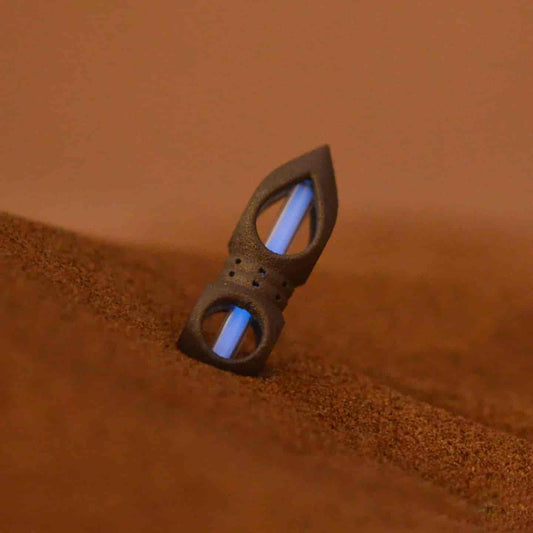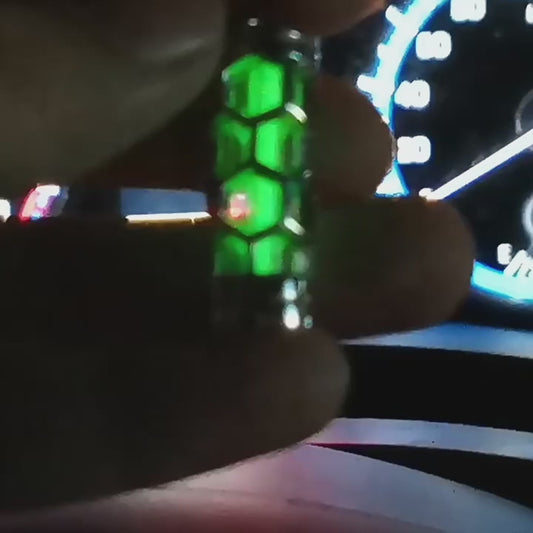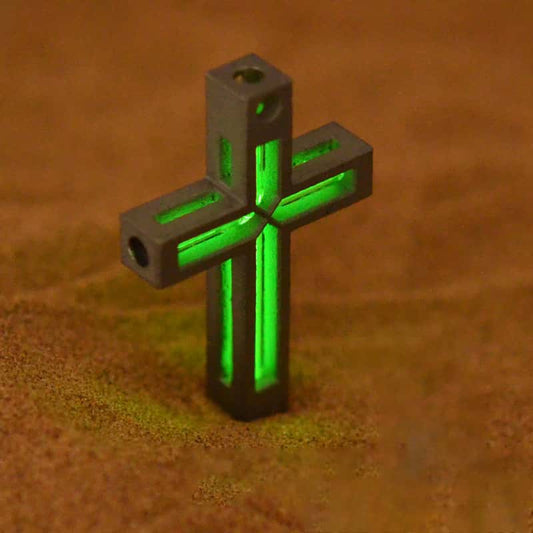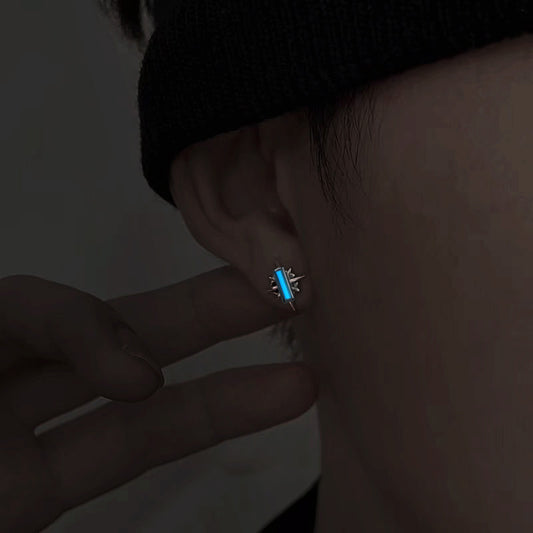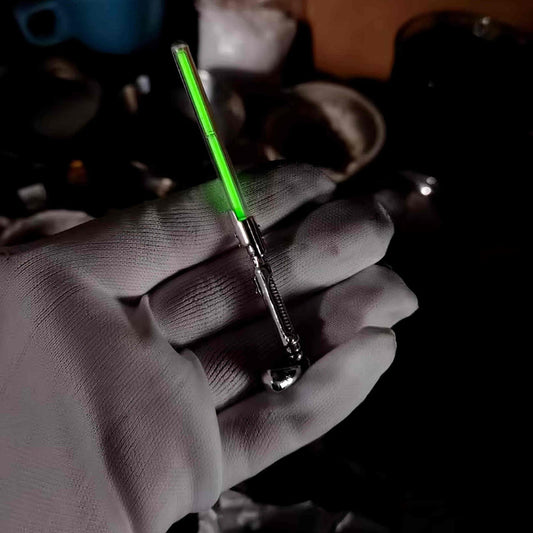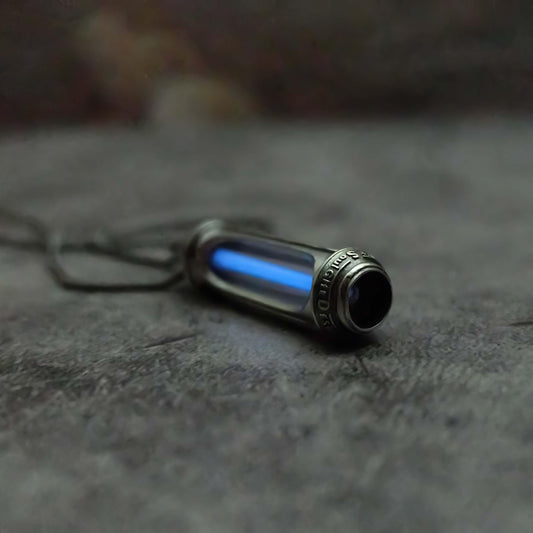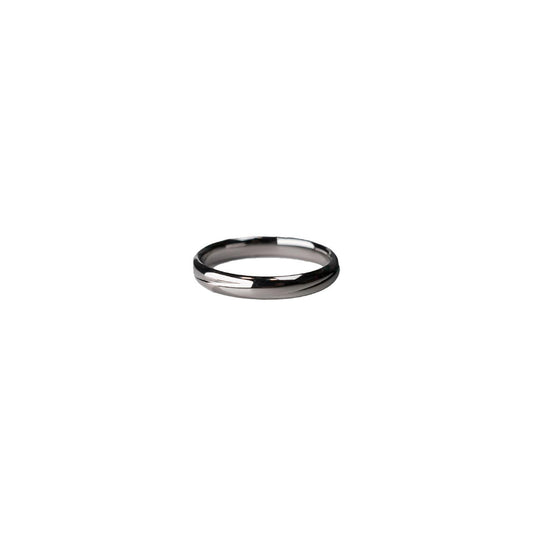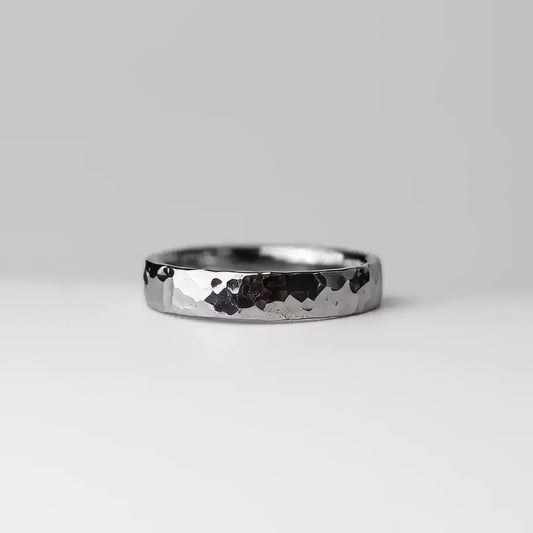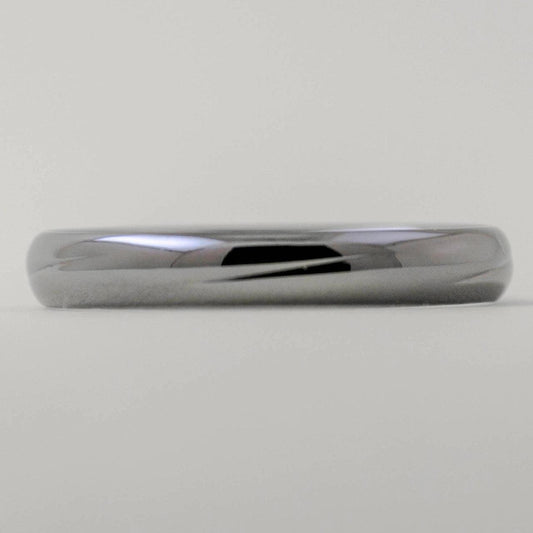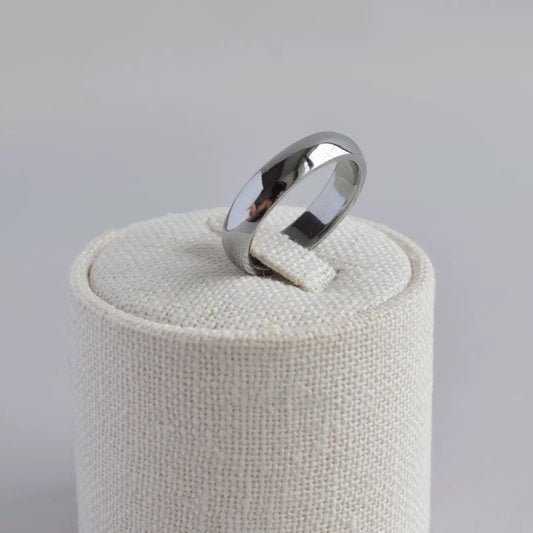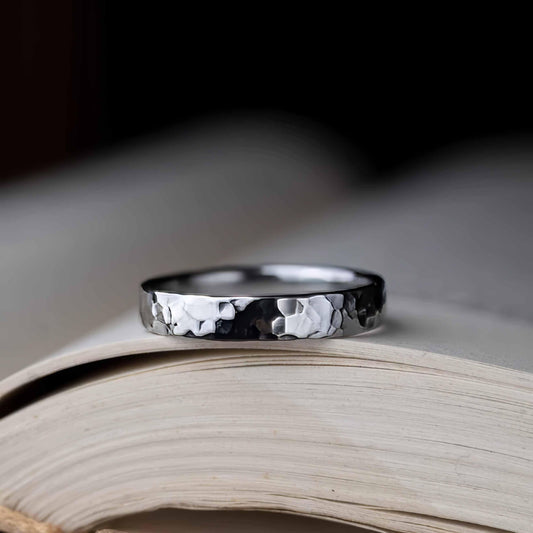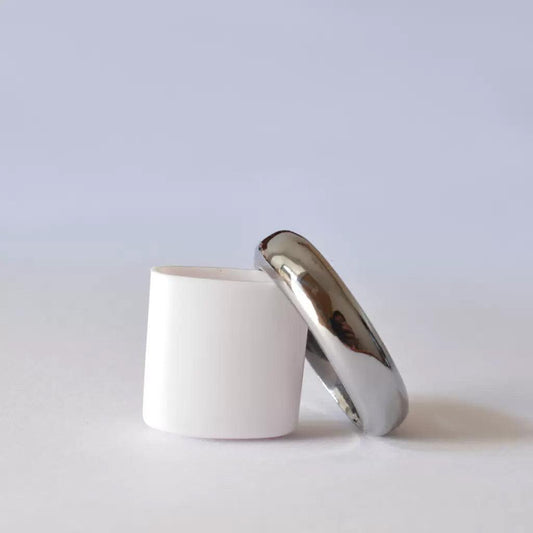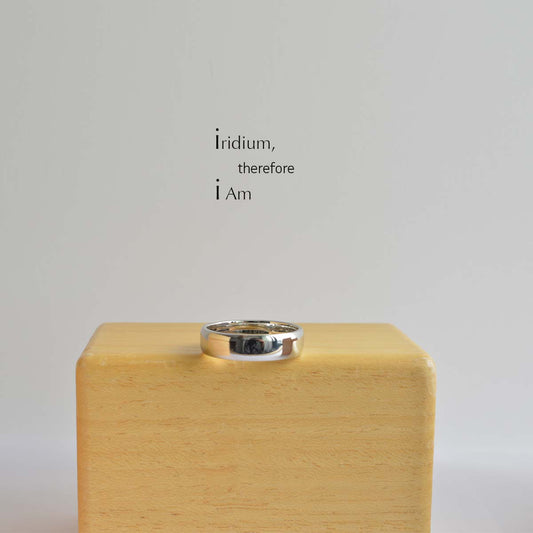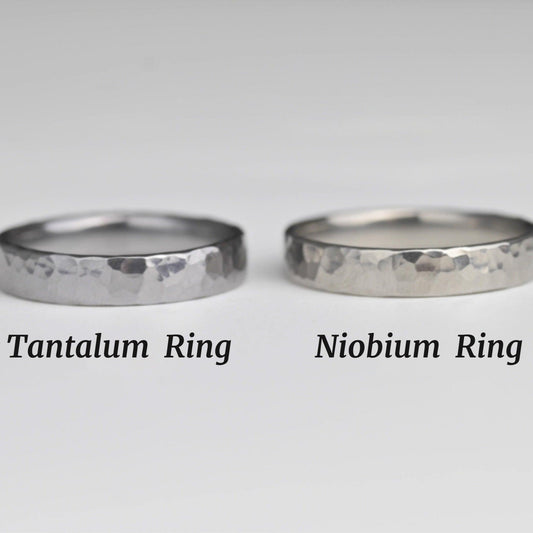Metal Alternative A Modern Twist on Timeless Durability
Metal Alternative A Modern Twist on Timeless Durability
A few years ago, I stumbled upon a festival deep in the heart of Arizona—an eclectic mix of artisans gathered in a sprawling desert plain, crafting wonders from elements that seemed to defy time. Among the stalls, I was struck by a man welding sheets of aluminum into a sleek, modern sculpture. It was there that I first began to understand the burgeoning culture of metal alternatives.
Aluminum, titanium, and composite metals are making waves in industries ranging from architecture to fashion, offering a fresh take on the traditional allure of classic metals like steel or gold. Aluminum, in particular, with its lightweight yet sturdy nature, is transforming the way we think about durability. It's as if Michelangelo discovered a new kind of marble. You can see aluminum’s versatility in everything from contemporary home décor to intricate jewelry pieces that are as light as a feather yet resilient against time's wear and tear.
Then there's titanium—a metal often whispered about in hushed tones for its use in aerospace technology. But now, it's jumping from the skies to our everyday lives. Its hypoallergenic properties and impressive strength-to-weight ratio have made it a favorite among watchmakers and outdoor gear enthusiasts. I once owned a pair of titanium-framed glasses that survived the crushing weight of a suitcase on a particularly harrowing trip to New York. They emerged unscathed, a testament to titanium's toughness.
But metal alternatives aren't just about utility; they're also weaving themselves into the fabric of our culture. In an era that champions sustainability, these metals often boast recyclability and eco-friendliness. The growing trend towards using recycled aluminum, for instance, echoes a larger societal shift towards conscious consumerism. There's a certain satisfaction in knowing that the architecture of a new skyscraper or the frame of a new bicycle is part of this narrative—a story of innovation and responsibility intertwined.
There's also a more personal side to this evolution in metal use. As someone who has always appreciated the fine details in life, I find myself drawn to these alternatives not just for their practicality but for the statement they make. Wearing a titanium watch or showcasing an aluminum sculpture at home often sparks conversations, leading to discussions about sustainability, technological advances, or even just the beauty of the piece itself.
While the classics like gold and silver will always have a place, the new wave of metal alternatives offers something both familiar and exciting. It's as if they've stepped out from the shadows of their more traditional counterparts, ready to redefine what's possible. And who knows, maybe one day in the not-so-distant future, metals like aluminum and titanium will hold their own in the pantheon of timeless materials.
In the end, it's not just about the metal itself but the stories these alternatives help tell—stories of resilience, innovation, and a future that's already unfolding in our hands. And honestly, there's something quite thrilling about being a part of that narrative.


